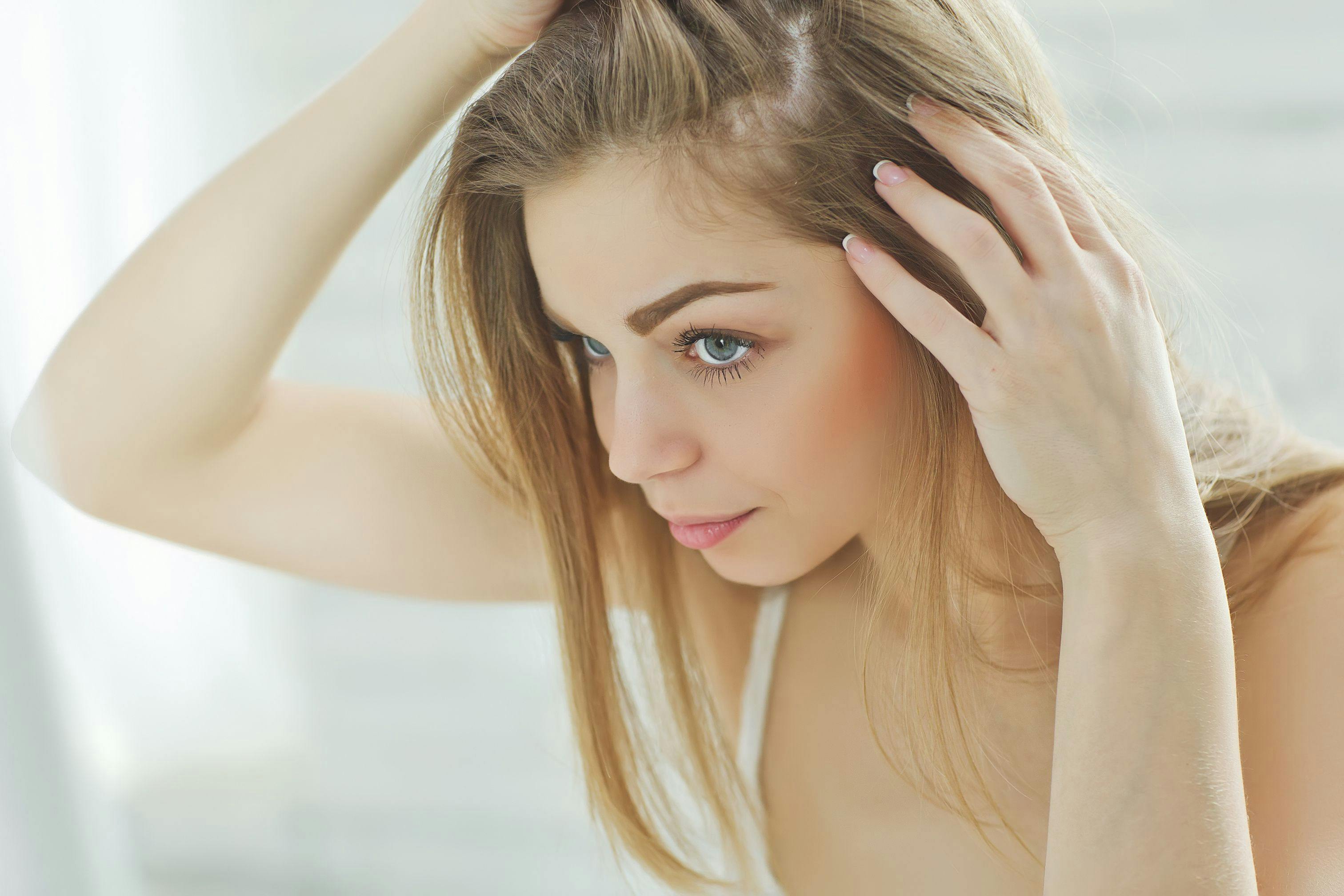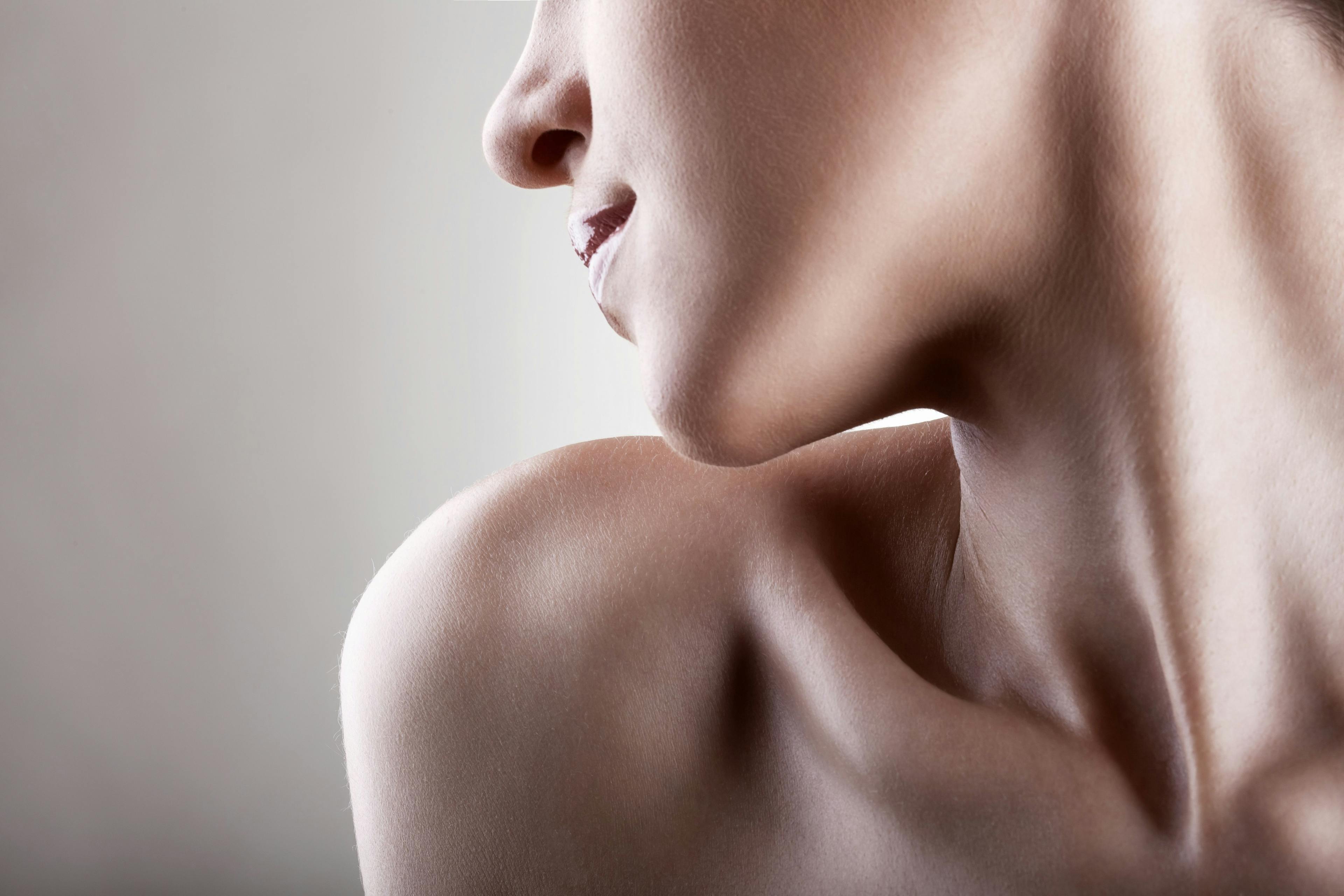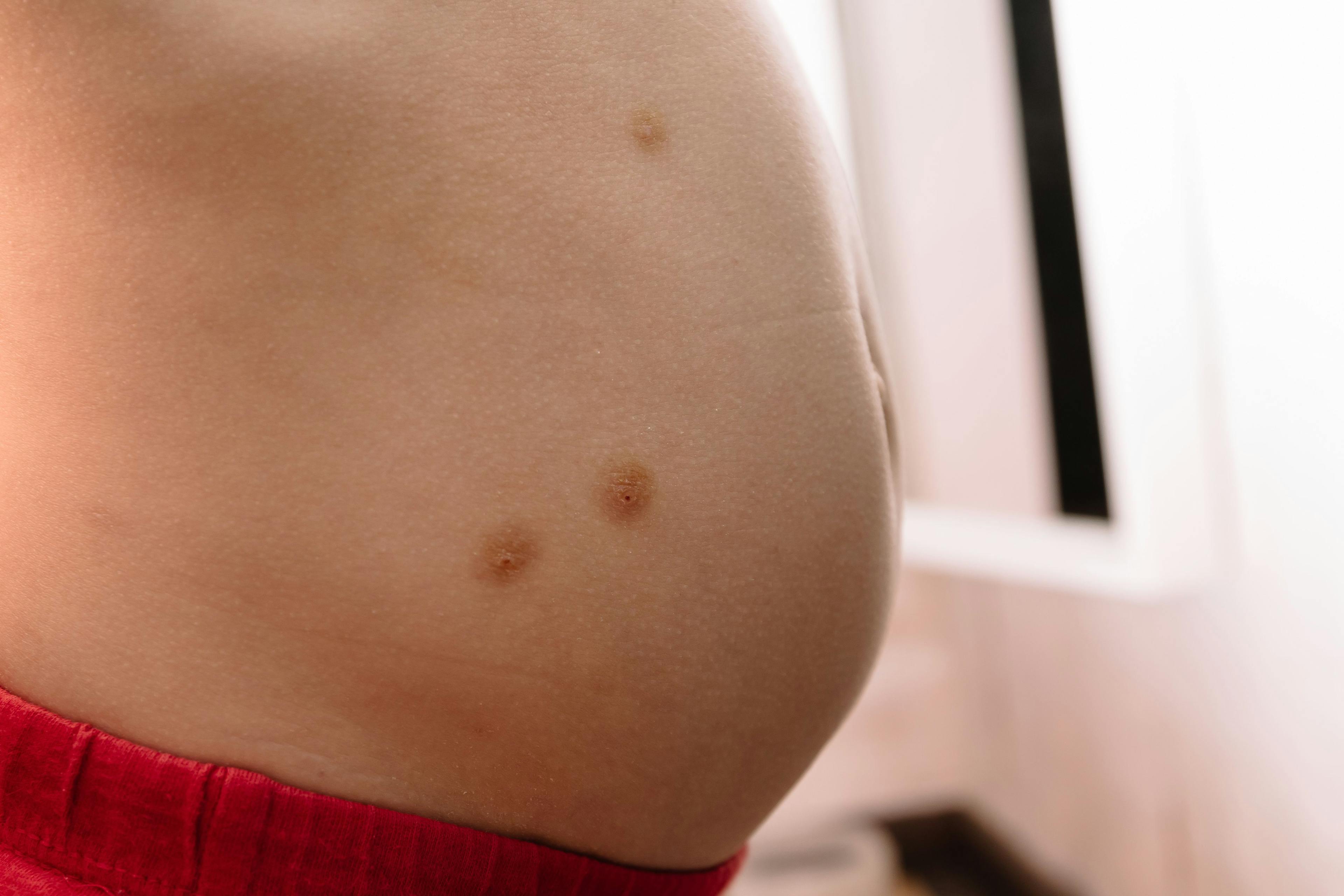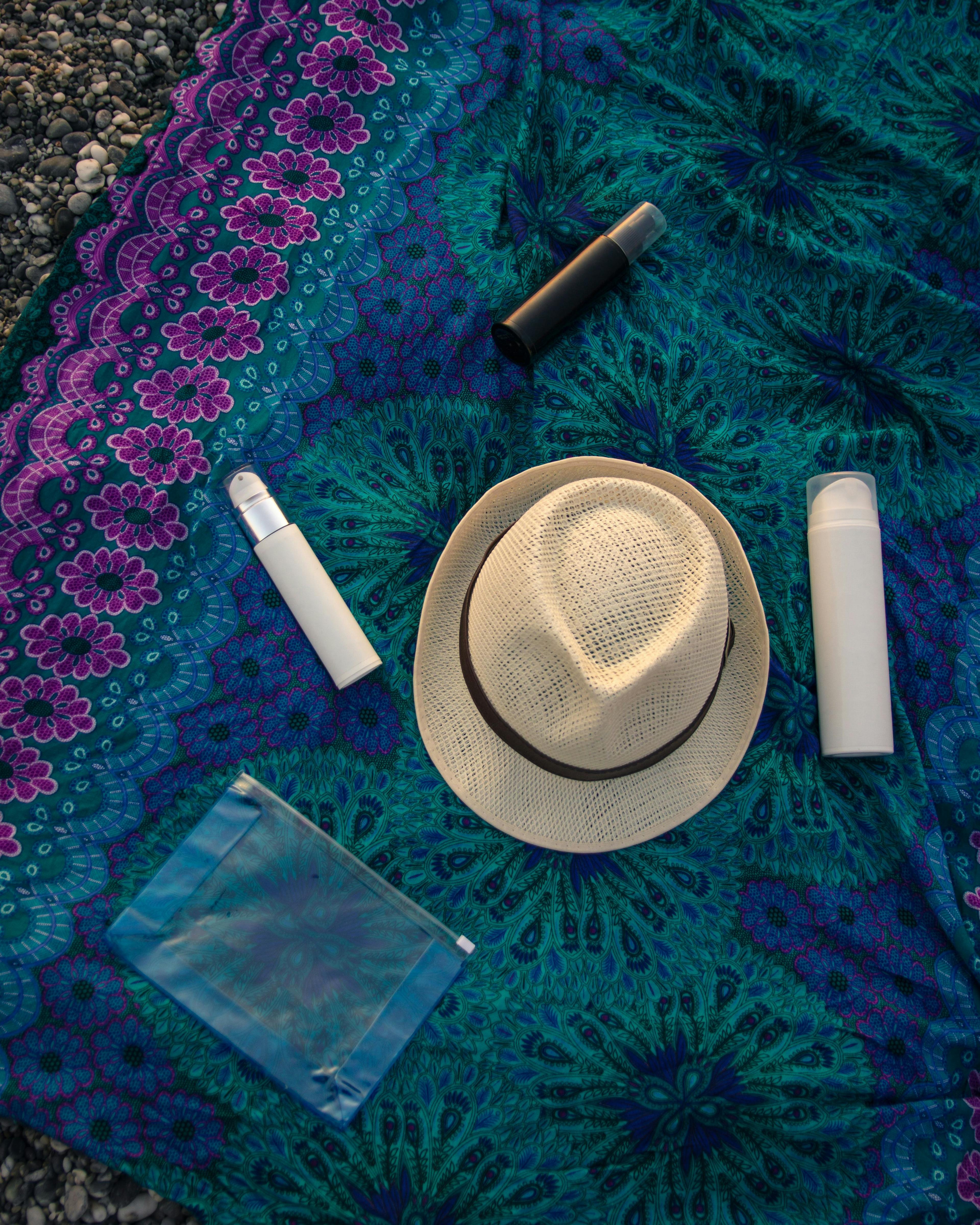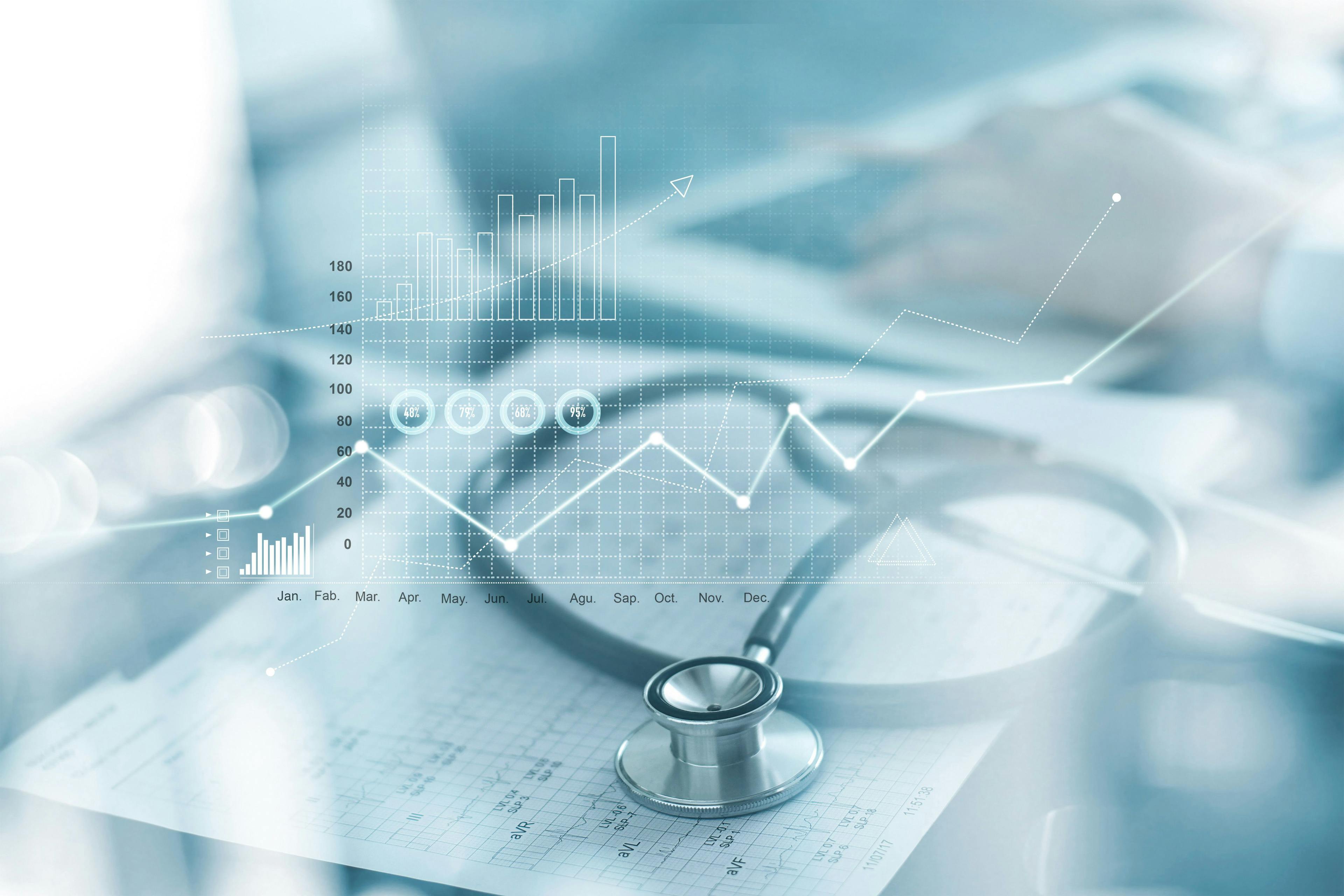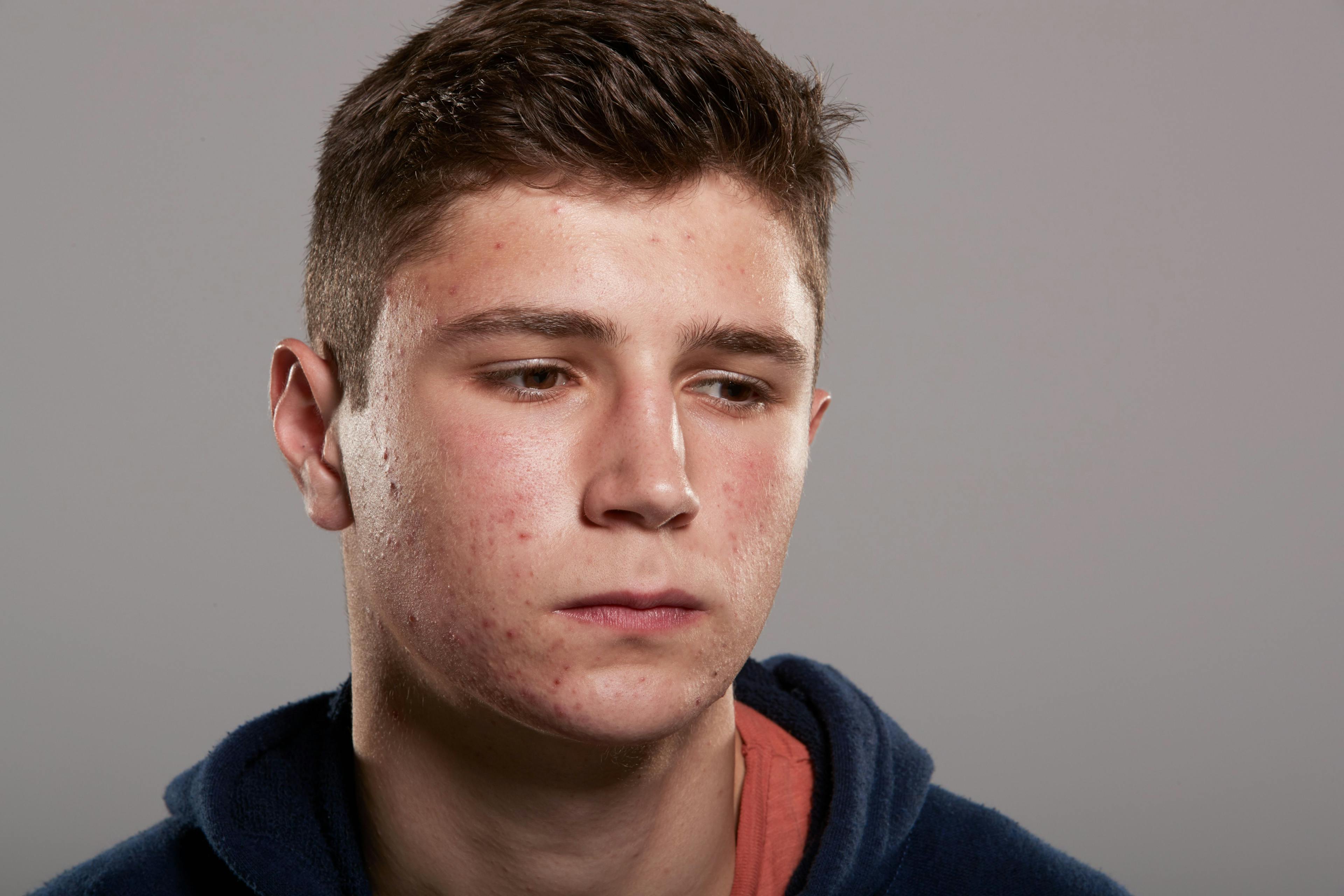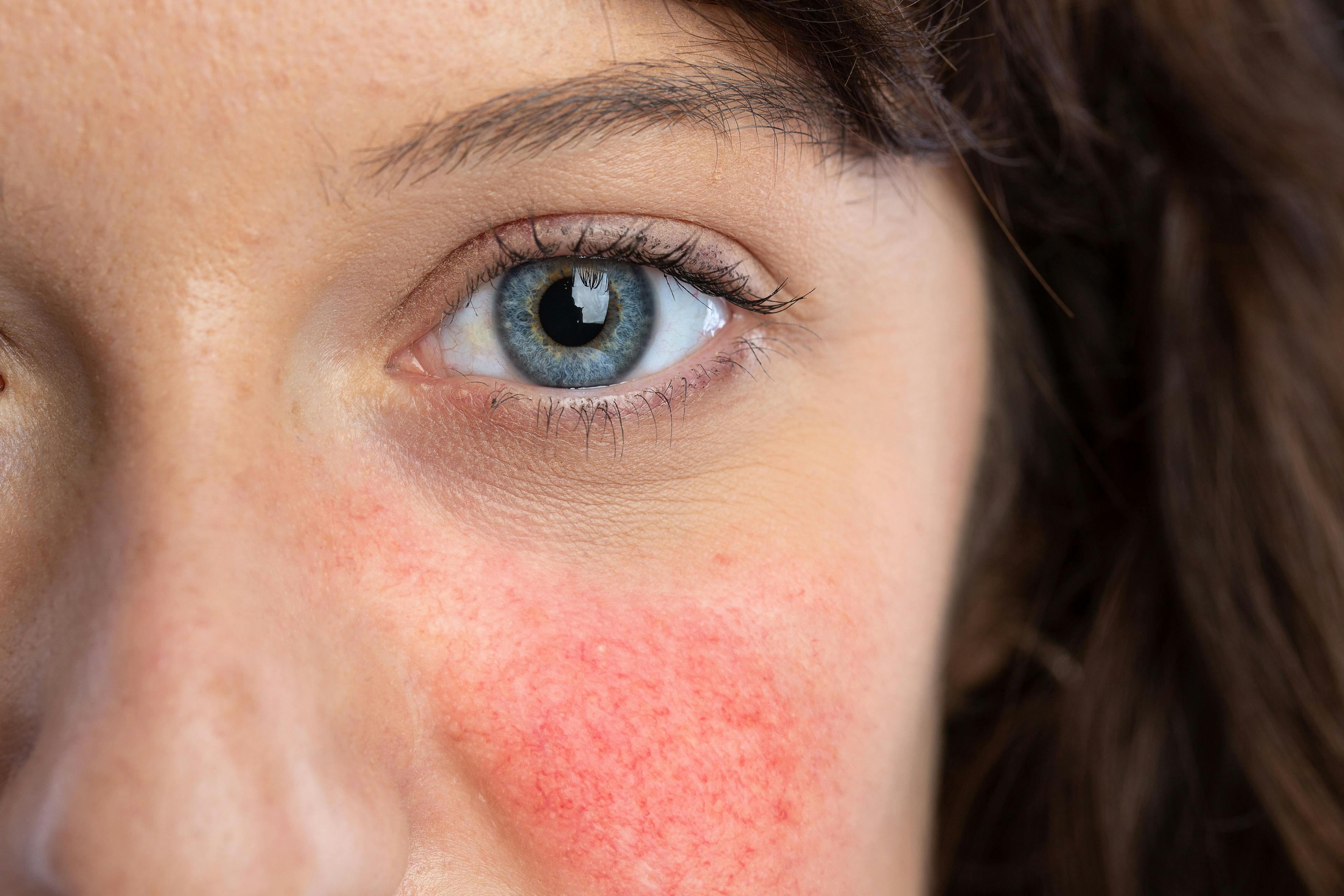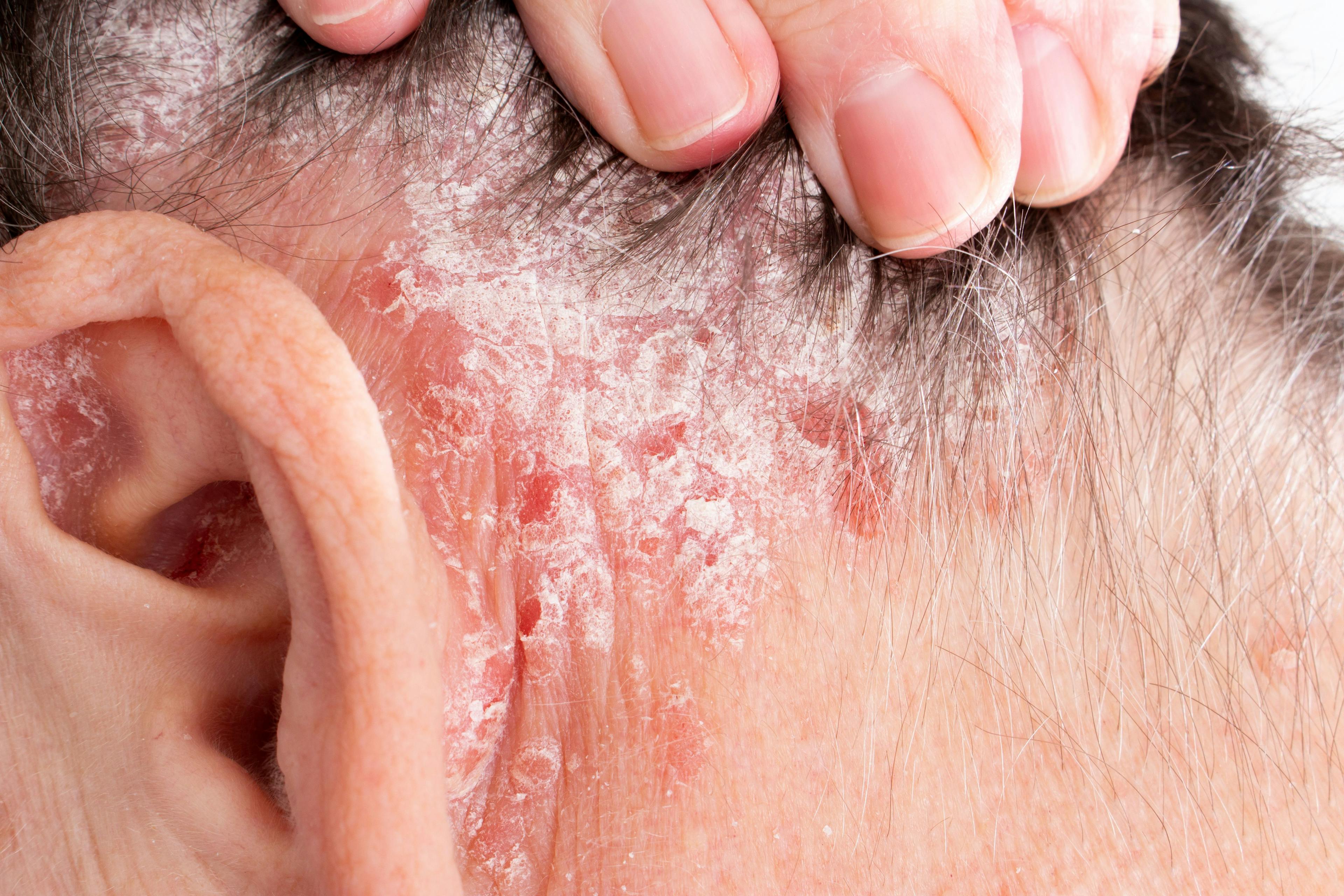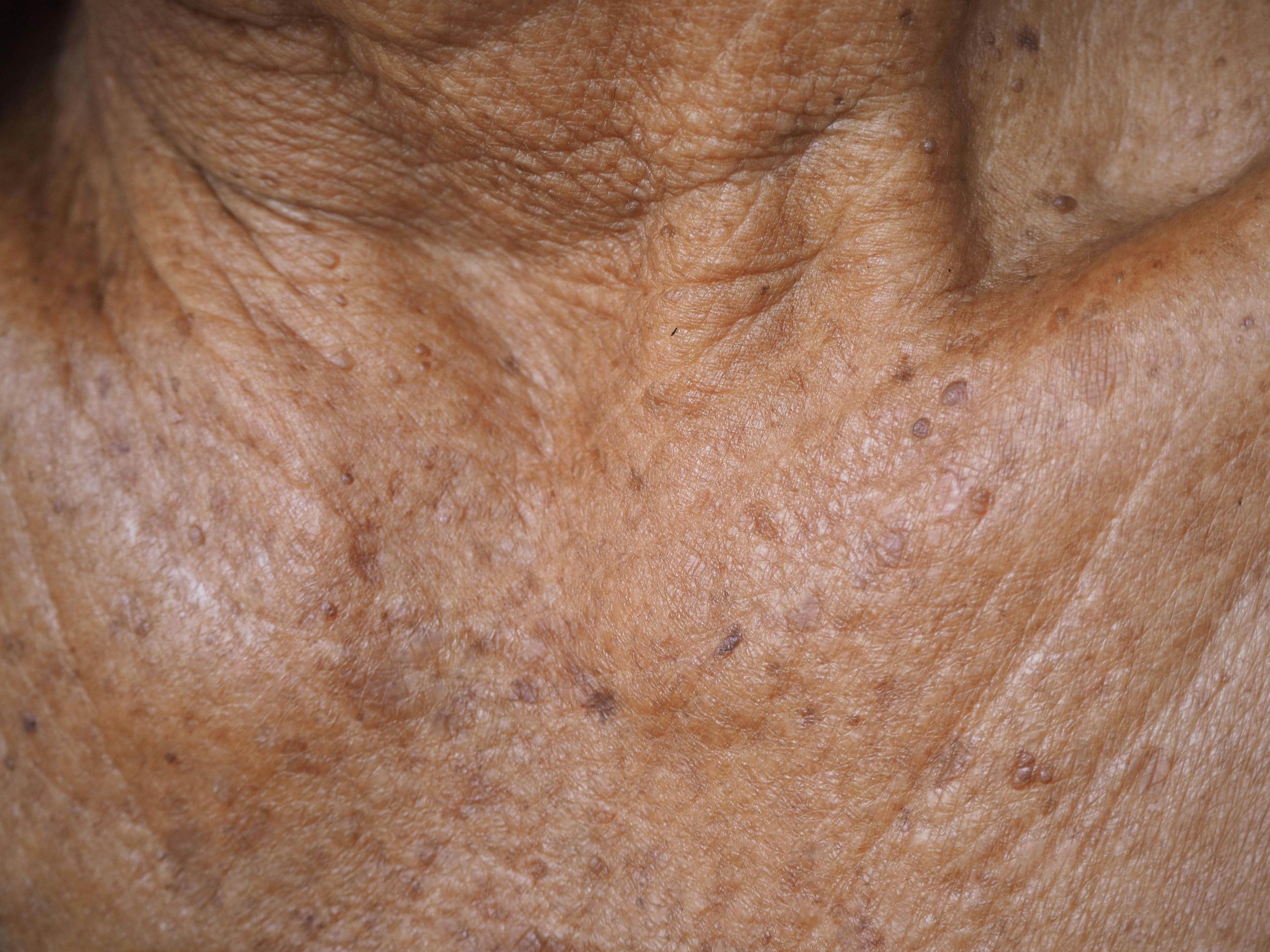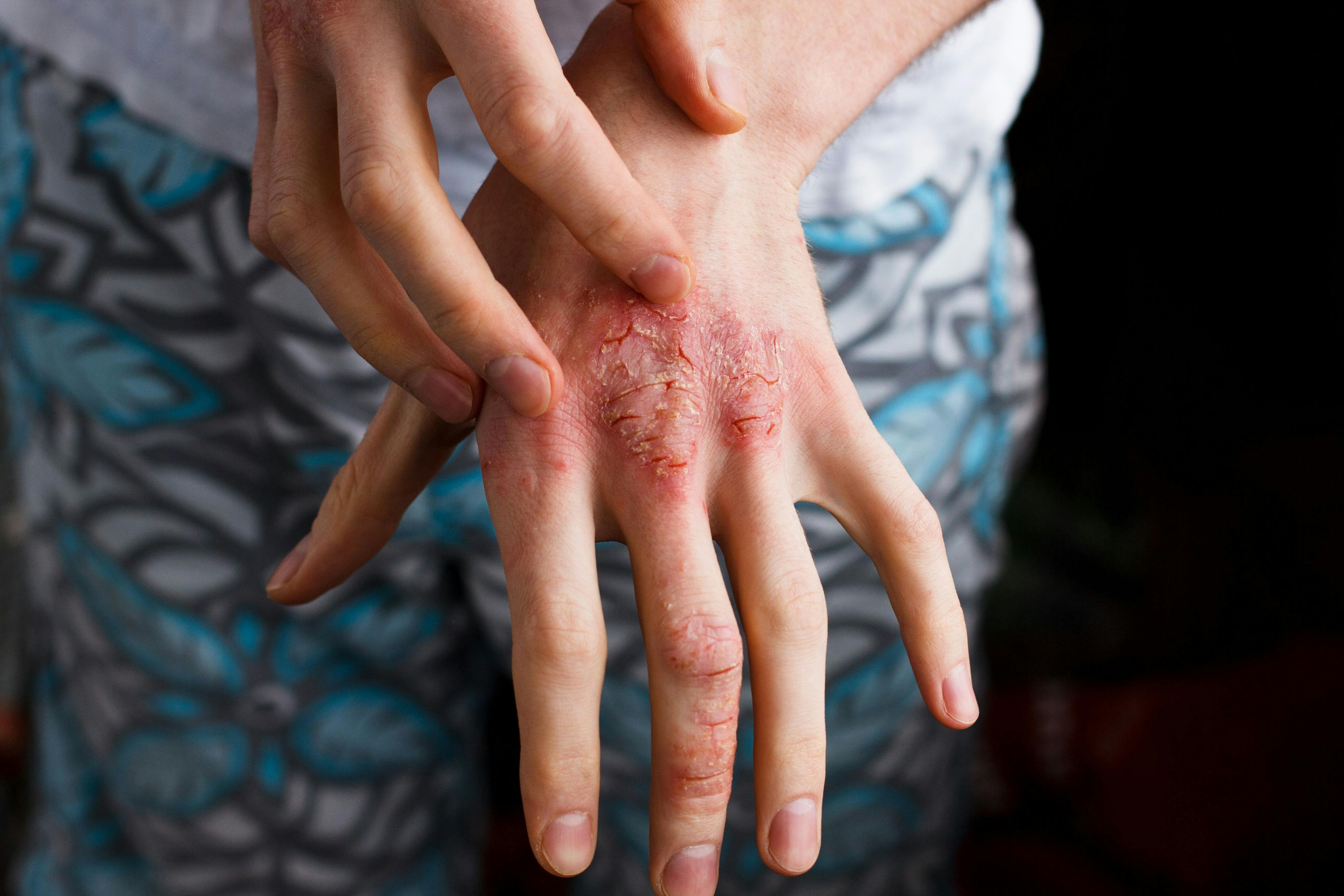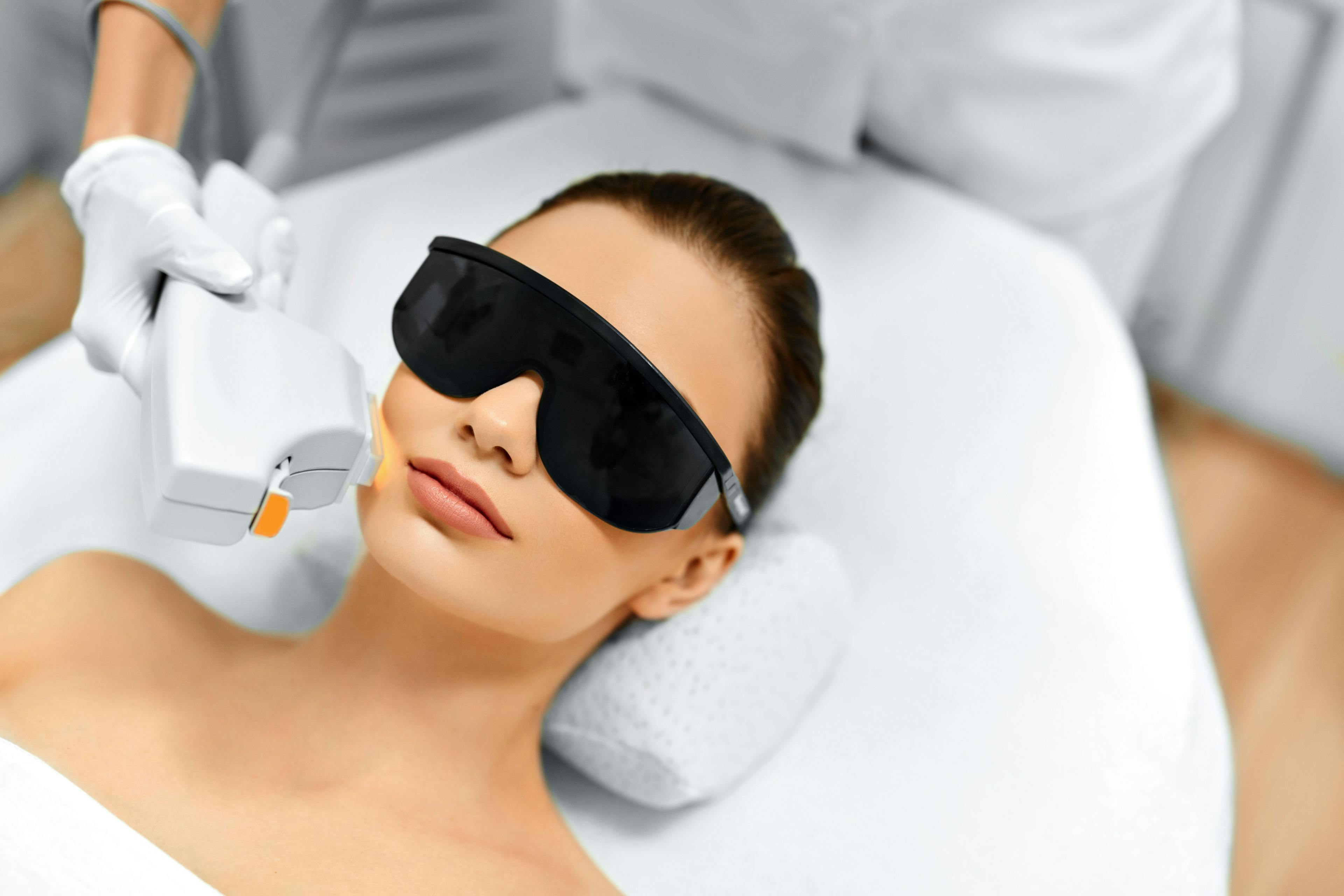- Acne
- Actinic Keratosis
- Aesthetics
- Alopecia
- Atopic Dermatitis
- Buy-and-Bill
- COVID-19
- Case-Based Roundtable
- Chronic Hand Eczema
- Chronic Spontaneous Urticaria
- Drug Watch
- Eczema
- General Dermatology
- Hidradenitis Suppurativa
- Melasma
- NP and PA
- Pediatric Dermatology
- Pigmentary Disorders
- Practice Management
- Precision Medicine and Biologics
- Prurigo Nodularis
- Psoriasis
- Psoriatic Arthritis
- Rare Disease
- Rosacea
- Skin Cancer
- Vitiligo
- Wound Care
Publication
Article
Dermatology Times
Cleaning Up Cleanser Misinformation
Author(s):
In this month's Cosmetic Conundrums column, Dermatology Times® Chief Medical Editor Zoe Diana Draelos, MD, explains misinformation surrounding skin and hair cleansing.
Q: Is body wash better for body cleansing than bar soap?
Body cleansing is an important activity, not only for hygiene, but also for disease prevention. It is interesting to note that 80% of cleansing is accomplished by letting water run over the skin accompanied by rubbing, with the remaining 20% dependent on cleanser selection. Bar soap and liquid body wash will produce equivalent results in terms of hygiene and disease prevention, but body wash may induce less barrier damage than bar soap.
Consulting professor of dermatology at Duke University School of Medicine in Durham, North Carolina, and chief medical editor of Dermatology Times®.
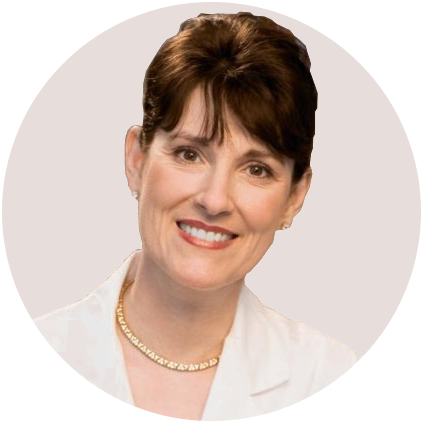
All cleansers pose the same challenge. Cleansers cannot distinguish between the intercellular lipids, body sebum, oily dirt from working on the car, and pizza grease on the face. All are lipids that are saponified by the cleanser to allow dissolution in water and washing down the drain. The difference is in how much lipid is removed.
If the body is minimally dirty, a body wash is an excellent choice since milder detergents will remove less of the intercellular lipids. However, in the case of an auto mechanic covered with motor oil, body wash may not remove the motor oil adequately due to lack of detergency. In this case, bar soap may be a better choice.
Cleansers should be selected based on the patient needs. Patients with eczema or atopic dermatitis who work indoors but prefer to bathe every day—perhaps to wake
up in the morning—should definitely use a moisturizing body wash. Moisturizing body washes employ mild detergency with the ability to leave behind skin-conditioning agents, such as soybean oil or dimethicone, during the rinse phase. This minimizes intercellular lipid damage during cleansing. The body wash can be coupled with an in-shower body lotion to reduce detergent damage. The lotion is applied to wet, clean skin in the shower and then rinsed. Another layer of soybean oil or other vegetable oil or dimethicone is left behind to minimize skin barrier damage.
In summary, there is no 1 best cleanser choice for all patients. The dermatologist should make recommendations based on frequency and length of bathing, presence or absence of skin disease, and amount of dirt present on the body.
Q: Could you describe the safest way to remove eye makeup?
All patients, but especially those with ocular rosacea, should remove eye cosmetics before bedtime. Traditional soap will sting and burn if it enters the eye, so many patients fail to remove mascara, eyeliner, and eye shadow. Since eye cosmetics are usually waterproof, they must be removed prior to face washing. The best way to remove eye cosmetics is with micellar water, which does not cause as much stinging as traditional detergents. The method is to saturate a cotton round with micellar water and rub it across the upper eyelid, eyelashes, and lower lid; rinse the face lukewarm water; and then wash with a mild liquid cleanser.
Much controversy abounds regarding the best way to wash hair, and there is no agreement among stylists. However, proper hair washing is essential for good hygiene, infection prevention, odor control, and hair beautification. Shampooing requires a fine balance between removing enough sebum for cleanliness and leaving behind a synthetic conditioning substance to make hair shiny and manageable. Thus, a good shampoo must clean—but not too well!
Shampoo is truly designed to clean the scalp, not the hair. The main purpose of shampoo is to remove bacteria, fungus, yeast, and their sebum nutritional source to help prevent infection.
The scalp and hair should be thoroughly saturated with lukewarm water. Shampoo should be applied to the scalp and massaged to clean in and around the numerous follicular ostia to prevent bacterial folliculitis and seborrheic dermatitis. After massaging the shampoo throughout the scalp, the suds should be rinsed down the hair shafts. If the hair is short, the scalp and hair will be cleaned at the same time. With long hair, the soap suds should just be rinsed through the hair. Shampoo contains plenty of detergent to clean the hair, unless styling product buildup or infrequent cleansing has occurred. Finally, the entire scalp and hair should be rinsed with luke- warm water. Many products recommend shampooing twice, but that is not necessary unless it has been over 2 weeks since the last shampoo.
Micellar water is composed of micelle droplets of cleanser with the hydrophobic head inside the micelle and the hydrophilic head outside the micelle. This allows the oily dirt to bind to the micelle and rinse down the drain. However, some waterproof cosmetics may require using eye removal oil in addition to the micellar water.
Q: What is the best way to wash hair?
Much controversy abounds regarding the best way to wash hair, and there is no agreement among stylists. However, proper hair washing is essential for good hygiene, infection prevention, odor control, and hair beautification. Shampooing requires a fine balance between removing enough sebum for cleanliness and leaving behind a synthetic conditioning substance to make hair shiny and manageable. Thus, a good shampoo must clean—but not too well!
Shampoo is truly designed to clean the scalp, not the hair. The main purpose of shampoo is to remove bacteria, fungus, yeast, and their sebum nutritional source to help prevent infection.
The scalp and hair should be thoroughly saturated with lukewarm water. Shampoo should be applied to the scalp and massaged to clean in and around the numerous follicular ostia to prevent bacterial folliculitis and seborrheic dermatitis. After massaging the shampoo throughout the scalp, the suds should be rinsed down the hair shafts. If the hair is short, the scalp and hair will be cleaned at the same time. With long hair, the soap suds should just be rinsed through the hair. Shampoo contains plenty of detergent to clean the hair, unless styling product buildup or infrequent cleansing has occurred. Finally, the entire scalp and hair should be rinsed with luke- warm water. Many products recommend shampooing twice, but that is not necessary unless it has been over 2 weeks since the last shampoo.
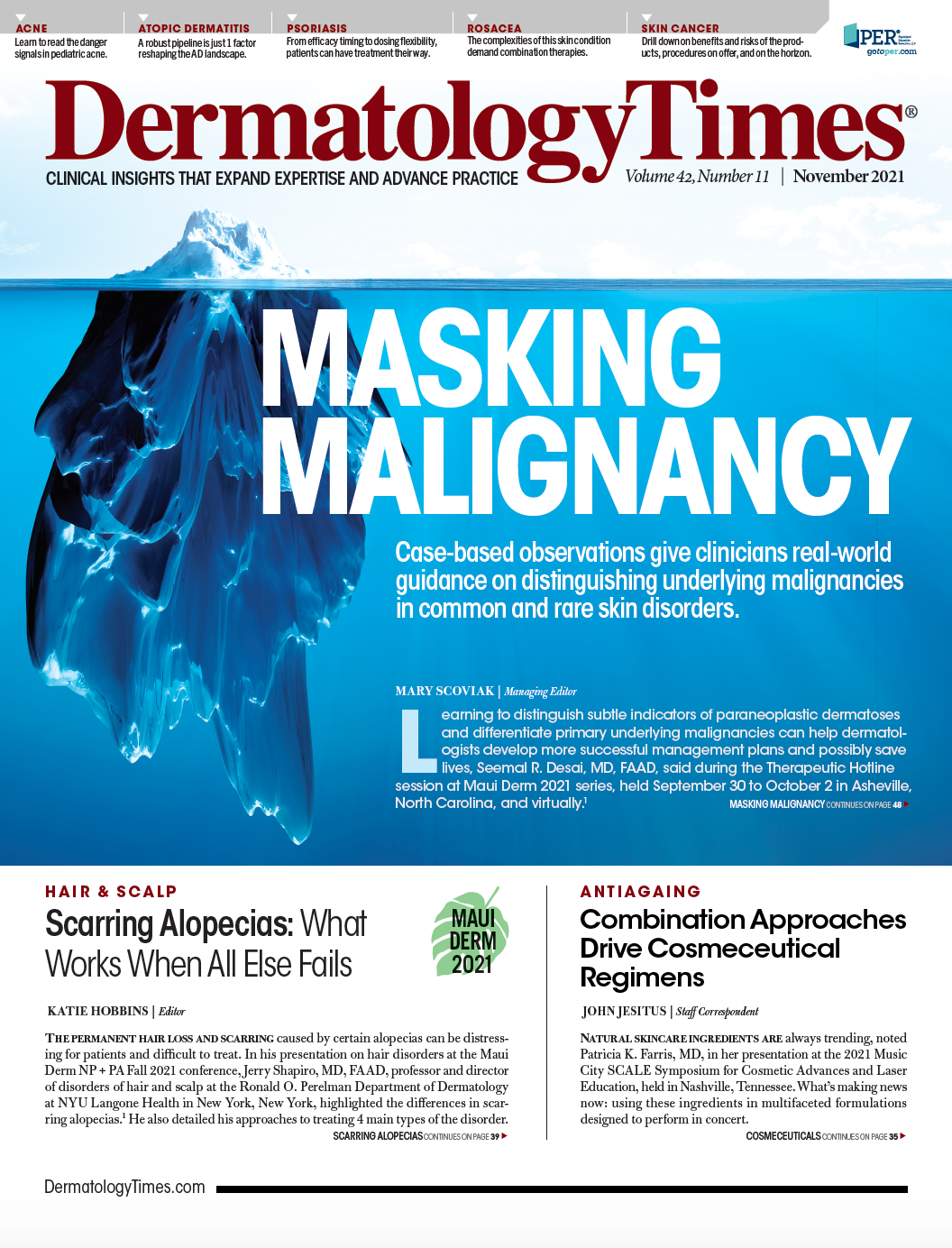
Newsletter
Like what you’re reading? Subscribe to Dermatology Times for weekly updates on therapies, innovations, and real-world practice tips.


